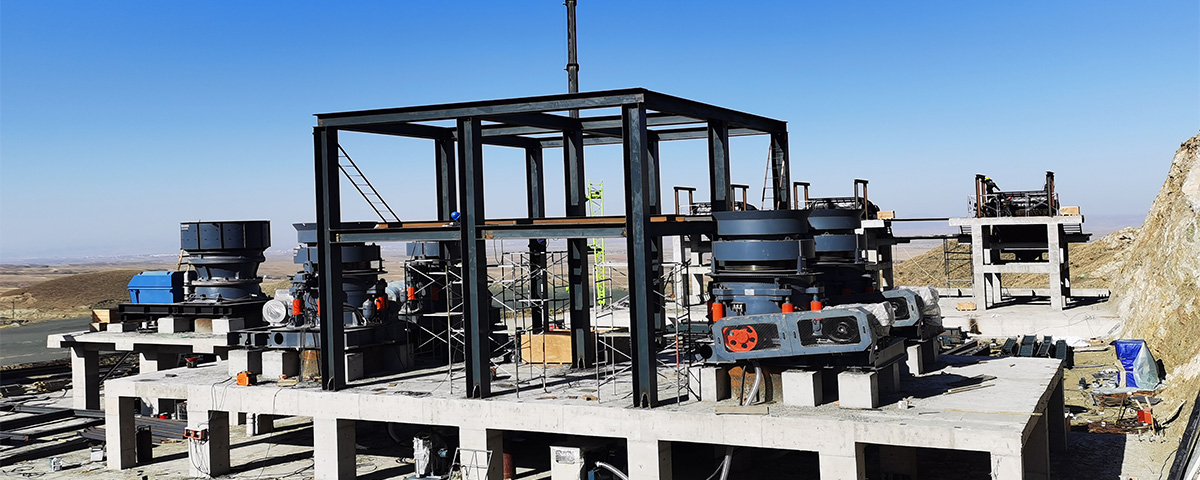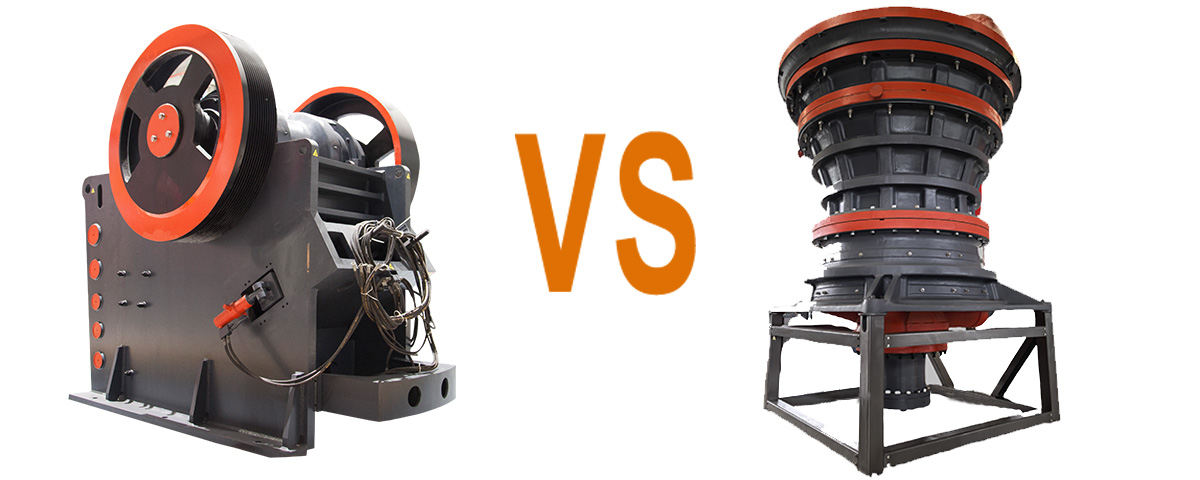How to Choose the Right Crusher for Mineral Processing
When planning a mineral processing operation, selecting the right crusher is essential for optimizing the efficiency and quality of your production. Crushers are pivotal in breaking down raw materials into the desired sizes for further processing or final use. Here’s a comprehensive guide to help you choose the best crusher based on your specific needs.
Key Considerations When Choosing a Crusher
- Material Properties
- Abrasiveness and Hardness: Evaluate the material’s compressive strength and hardness to ensure the crusher can handle it without excessive wear.
- Moisture Content: Some crushers perform better with wet materials, while others may clog.
- Feed Size and Output Requirements
- Maximum Feed Size: Ensure the crusher can handle the largest material size.
- Desired Output Size: Define the particle size needed for the next processing stage or end-use.
- Capacity (Throughput)
- Determine the processing capacity required, typically measured in tonnes per hour, to match production goals.
- Operational Costs and Maintenance
- Consider the operating expenses, maintenance frequency, and wear-part costs.
- Application and Site Conditions
- Stationary crushers are ideal for fixed operations, while mobile crushers offer flexibility for construction sites or remote areas.

Crushers for Different Stages of Crushing
Primary Crushing (Coarse Crushing)
Primary crushers handle large materials and reduce them to smaller sizes for secondary crushing. Common options include:
- Jaw Crushers: Best for hard, abrasive materials like granite. They are simple, reliable, and cost-effective, reducing raw material to approximately 150mm.
- Gyratory Crushers: Suitable for high-capacity needs with consistent output. They handle larger feed sizes and produce less needle-shaped materials but are heavier and require more infrastructure.
Secondary and Tertiary Crushing (Medium and Fine Crushing)
These stages further refine materials, producing smaller particle sizes for specific applications.
- Cone Crushers:
- Handle medium to hard rocks like basalt or granite.
- Provide finer particle sizes and consistent output.
- Types include single-cylinder, multi-cylinder, and compound variations for different needs.
- Impact Crushers:
- Best for brittle materials like limestone.
- Create cubic-shaped particles, ideal for construction aggregates.
- Include horizontal and vertical shaft designs for varied applications.
Comparing Crushers
Jaw Crusher vs. Gyratory Crusher
| Feature | Jaw Crusher | Gyratory Crusher |
|---|---|---|
| Feed Size | Smaller, requires pre-sizing | Larger, suitable for coarse feed |
| Output | Coarser, more needle-like particles | Finer, more uniform particles |
| Capacity | Lower | Higher |
| Maintenance | Frequent jaw plate replacement | Longer intervals due to lamination crushing |
Cone Crusher vs. Impact Crusher
| Feature | Cone Crusher | Impact Crusher |
|---|---|---|
| Material Hardness | Medium to hard materials | Soft to medium materials |
| Output Grain Shape | Less cubic, finer particles | More cubic, coarse particles |
| Applications | Mineral processing | Construction and building materials |
Mobile vs. Stationary Crushers
- Stationary Crushers:
Best for high-volume, long-term operations. These crushers are robust but lack flexibility. - Mobile Crushers:
Ideal for projects requiring frequent relocation. Wheeled units are transportable by truck, while crawler crushers are self-propelled for dynamic site conditions.
Tailored Solutions from SBMX
Choosing the right crusher involves balancing capacity, material characteristics, and budget. With extensive experience in mineral processing equipment, SBMX offers a range of crushers tailored to your project needs. From robust jaw crushers for primary crushing to efficient cone crushers for finer applications, our equipment ensures high performance and reliability.
Contact us today for expert guidance and customized solutions for your mineral processing needs!

